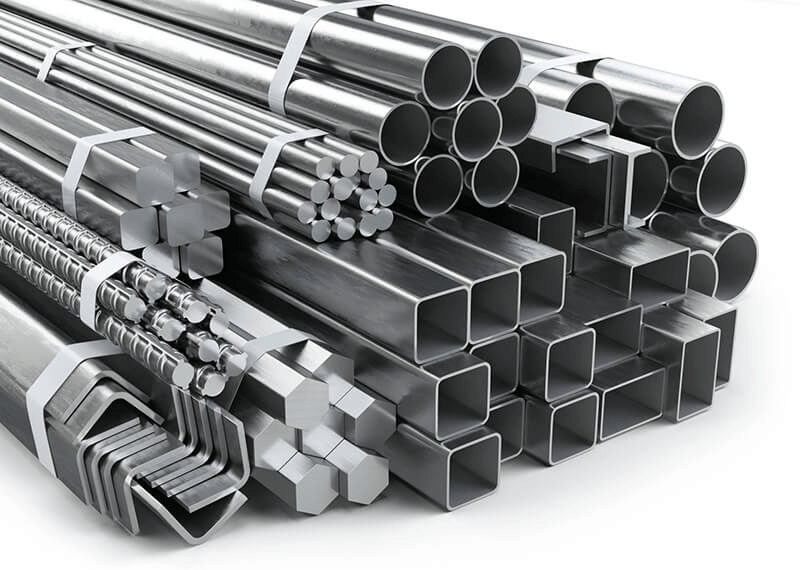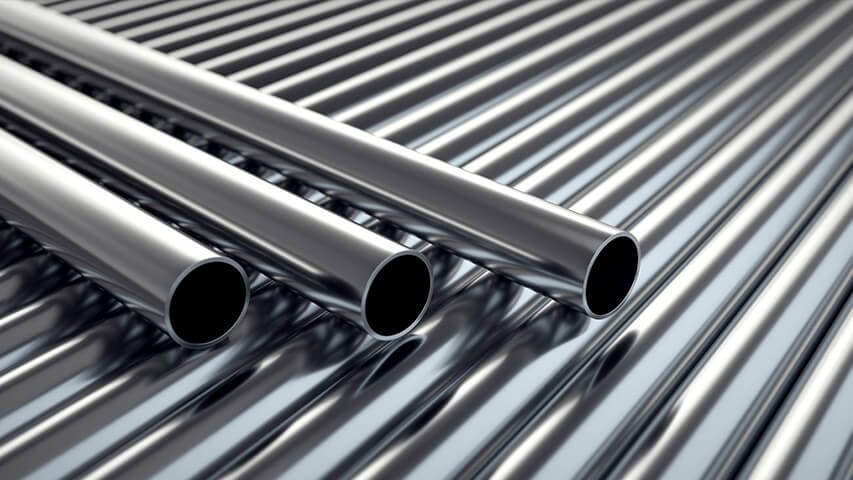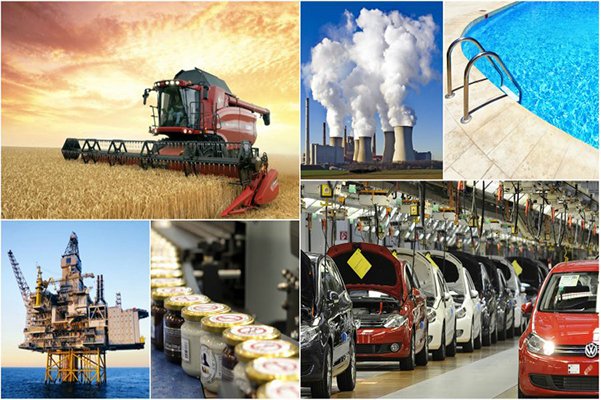What is Stainless Steel 316 ?

A steel alloy is considered stainless if it contains at least 10 percent chromium, which imparts corrosion resistance. When chromium is added to stainless steel, a coating of protective metal oxide forms on the metal's surface. This coating protects the metal from corrosion-causing chemicals.
Generally speaking, stainless steel 316 is composed of 16 to 18 percent chromium, 10 to 14 percent nickel, 2 to 3 percent molybdenum, and a trace amount of carbon. 316 stainless steel is one of the most common stainless steel grades. The inclusion of molybdenum greatly improves the corrosion resistance of stainless steel 316 in comparison to other grades of stainless steel. Utilizing other alloys leads in a further enhancement of its properties. Due to its qualities and properties, stainless steel 316 is the second-most widely used stainless steel grade after stainless steel 304. It is used in environments with a significant danger of corrosion, such as chemical industries, refineries, and naval equipment.
What is Stainless Steel 316L ?

The non-sensitizing form of grade 316, which has a lower carbon content, is designated as 316L. . As a result, it has widespread use in high-gauge welded components (over about 6mm). The cost distinction between 316 and 316L stainless steel is often insignificant and seldom exceeds a few hundred dollars. These grades have outstanding toughness because of the austenitic structure, which maintains its properties even at cryogenic temperatures. When exposed to higher temperatures, the creep, stress to rupture, and tensile strength of 316L stainless steel are much greater when compared to those of chromium-nickel austenitic stainless steels.
Quality of SS 316 vs SS 316L
316 and 316L stainless steel alloys are both appropriate for usage in marine settings, although there are significant differences between the two.Stainless Steel 316L has a lower carbon-to-other-elements ratio than other alloys. Carbon content cannot exceed 0.03% if the material is to be classed as type 316L stainless steel. This reduces the likelihood of carbon precipitation, making it a better option for welding in order to obtain excellent corrosion resistance. 316 stainless steel contains between 2% and 3% molybdenum, which adds to the material's enhanced resistance to corrosion, acidic elements, and high temperatures. Both of these substances are very malleable, indicating that they may be shaped in a number of ways, including bending, stretching, deep drawing, and spinning.
Specification Between 316 vs 316L Stainless Steel
Corrosion Resistance: 316L is the preferred option for use in environments with high temperatures and high levels of corrosion. 316L has a stronger intergranular corrosion resistance than 316 does because it has a lower amount of carbon in its composition. This indicates that the welds produced using it will not degrade as rapidly as those produced using 316 stainless steel.
Mechanical Properties : The susceptibility of 316 stainless steel to magnetic fields is quite low. The majority of stainless steel variants, including 316, are austenitic, which means that they are practically nonmagnetic. This is in contrast to the fundamental types of stainless steel, which are ferromagnetic. However, the austenitic crystal structure of certain 316 stainless steel products may be changed into the ferromagnetic martensite structure by techniques such as cold forming and welding. Magnetism may be developed in 316L steel to a greater extent than in other types of steel.
Price : In spite of the fact that 316 stainless steel has a lower carbon content than 316L stainless steel does, the pricing of the two varieties of stainless steel is roughly same. The 316 and the 316L are not the least expensive choices available.
Practical Applications :Both grades of stainless steel are used in a wide variety of industries. As a result of its high strength, resistance to pitting, and, in most situations, resistance to corrosion, 316 is primarily used in the construction and infrastructure sectors. Due to its resilience to welding heat and corrosive chemicals, 316L is often utilised in the pharmaceutical and photography industries to manufacture equipment.
Welding : Excellent weldability using any conventional fusion process, both with and without the use of filler metals. Pre-qualified welding of 316 using Grade 316 according to AS 1554.6 For the highest possible level of corrosion resistance, heavy welded parts made of Grade 316 need to be annealed after the welding process. For 316L, this is not a prerequisite.
Machining : When machined at too high of a speed, 316L stainless steel has a tendency to become harder. Because of this, it is advisable to use slow speeds and maintain a steady feed rate. When compared to 316 stainless steel, 316L stainless steel has a lower carbon content, which makes it simpler to manufacture than 316 stainless steel.
 "GOVERNMENT RECOGNISED STAR EXPORT HOUSE"
"GOVERNMENT RECOGNISED STAR EXPORT HOUSE"



 India
India Japan
Japan Russia
Russia United States
United States Saudi Arabia
Saudi Arabia Kuwait
Kuwait Singapore
Singapore Malaysia
Malaysia UAE
UAE Germany
Germany Italy
Italy China
China UK
UK Canada
Canada Iran
Iran Thailand
Thailand South Korea
South Korea Turkey
Turkey Morocco
Morocco Costa Rica
Costa Rica Kazakhstan
Kazakhstan Philippines
Philippines Egypt
Egypt Vietnam
Vietnam Oman
Oman Australia
Australia Qatar
Qatar Portugal
Portugal Mexico
Mexico Brazil
Brazil France
France South Africa
South Africa Jordan
Jordan Spain
Spain Hong Kong
Hong Kong Netherlands
Netherlands Indonesia
Indonesia Taiwan
Taiwan Nigeria
Nigeria Bangladesh
Bangladesh Iraq
Iraq Ukraine
Ukraine Poland
Poland Romania
Romania Cyprus
Cyprus Angola
Angola Colombia
Colombia Norway
Norway Chile
Chile Tobago
Tobago Greece
Greece Czechia
Czechia Belgium
Belgium Sri Lanka
Sri Lanka Myanmar
Myanmar Venezuela
Venezuela